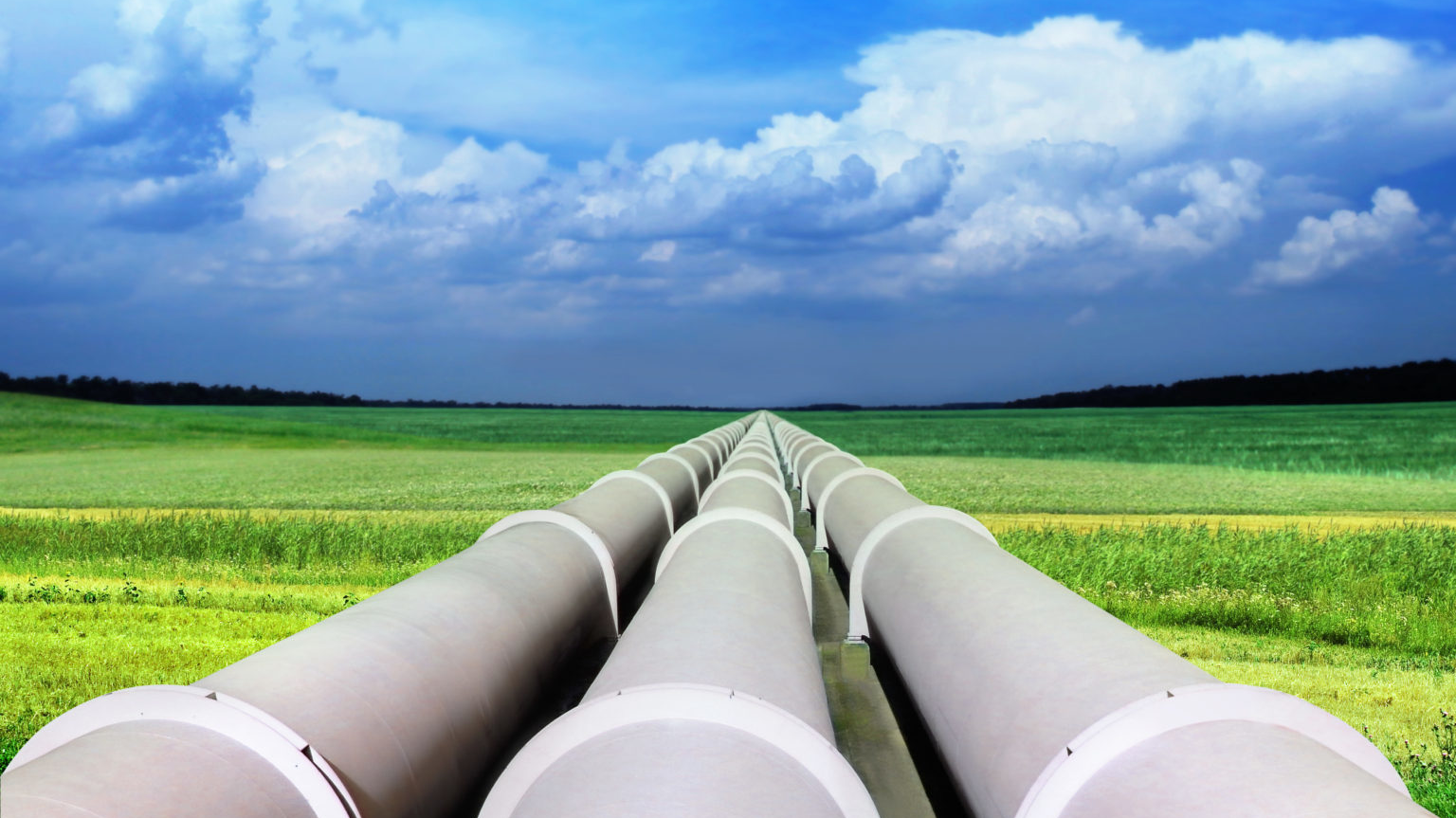
The concept of bi-directional communication is not a new one. For decades, devices have sent and received data via M2M technology. Processes we now consider simple, such as sending and receiving messages on our phone or uploading and downloading documents from the internet, are examples of bi-directional communications. And in industrial use cases, the advantages of bi-directional connectivity over unidirectional are even more valuable.
With bi-directional capability included as an in-built feature of LoRa® ecosystems, these advantages extend even further. Below, we explore what bi-directional LoRa® means for companies with widely distributed assets, particularly in the utilities and pipeline sectors.
What does bi-directional LoRa® connectivity involve?
Bi-directional connectivity simply refers to the process of sending and receiving data or commands between two devices. For example, IoT monitoring devices can collect data from assets or infrastructure on factors such as temperature, volume or pressure and send it via a cloud platform to a user interface. On receipt of the data, users can then decide what action is required and send a command back through the connection to the remote device. These commands may involve reconfiguring the sensor to collect a different set of data to optimise performance, relevance or battery life.
How LoRa® ecosystems enhance the benefits of bi-directional connectivity
LoRa® (Long range) ecosystems can be rapidly deployed over a wide area, providing a connectivity option that reduces capital and operational costs. Furthermore, with low-power consumption, they are ideal for use in remote or difficult-to-reach locations.
Including a bi-directional capability in LoRa® ecosystems is highly advantageous. Being able to send and receive data to and from infrastructure that stretches over vast areas or that is situated in remote locations reduces the need for time- and cost-heavy onsite visits. Companies can remotely manage assets in real-time and troubleshoot issues fast.
How bi-directional connectivity is leveraged in utilities and pipeline sectors
Utilities and pipeline companies are just two sectors where bi-directional LoRa® supports the performance, efficiency, safety and profitability of operations. With far-reaching infrastructure and multiple uncrewed sites, bi-directional LoRa® enables companies to monitor and manage their assets remotely.
Bi-directional LoRa® ecosystems can send and collect data on factors such as:
- Flow, pressure and mass balance
- Leaks or abnormal conditions
- Status of gates, valves or circuit reclosers
- Location of outages
As suppliers of critical services, whether that’s electricity, oil, gas or water, utilities and pipeline companies are depended upon to provide a reliable, always-on service to their customers. Any interruption to service not only causes immediate problems for the end user but could lead to a loss of business or industry fines for the company.
In today’s high-tech, digitally driven society, energy demand is at a high. This is putting pressure on the utilities and pipeline companies. Much of their infrastructure is outdated and struggling to cope with this increased need, and more outages are occurring as a result.
Bi-directional LoRa® allows these companies to access real-time critical data and troubleshoot issues before they spiral into huge concerns. Repair and replacement costs and service disruptions are reduced, and the efficiency of operations is improved.
Furthermore, with a reduced need for onsite visits, staff health and safety are improved, while also adding environmental benefits through their reduced carbon footprint.
Utilising satellite coverage to enhance the benefits of LoRa®
Satellite services provide LoRa® ecosystems with the ubiquitous coverage needed to deliver always-on connectivity to wide-reaching areas, particularly beneficial in areas where terrestrial networks are limited or unavailable.
Our innovative pan-European LoRa®-enabled IoT network provides real-time, bi-directional connectivity for your remote or moving assets. Harnessing our S-band coverage ensures this connectivity is reliable even in the most remote corners of the UK, Europe and Scandinavia and resilient in harsh weather conditions. For utilities and pipeline companies, this is a powerful combination that can enhance the reliability, efficiency and safety of their operations.
To learn more about how our pan-European LoRa®-enabled IoT network and satellite services can support the connectivity needed for your industry, please get in touch with our team.


